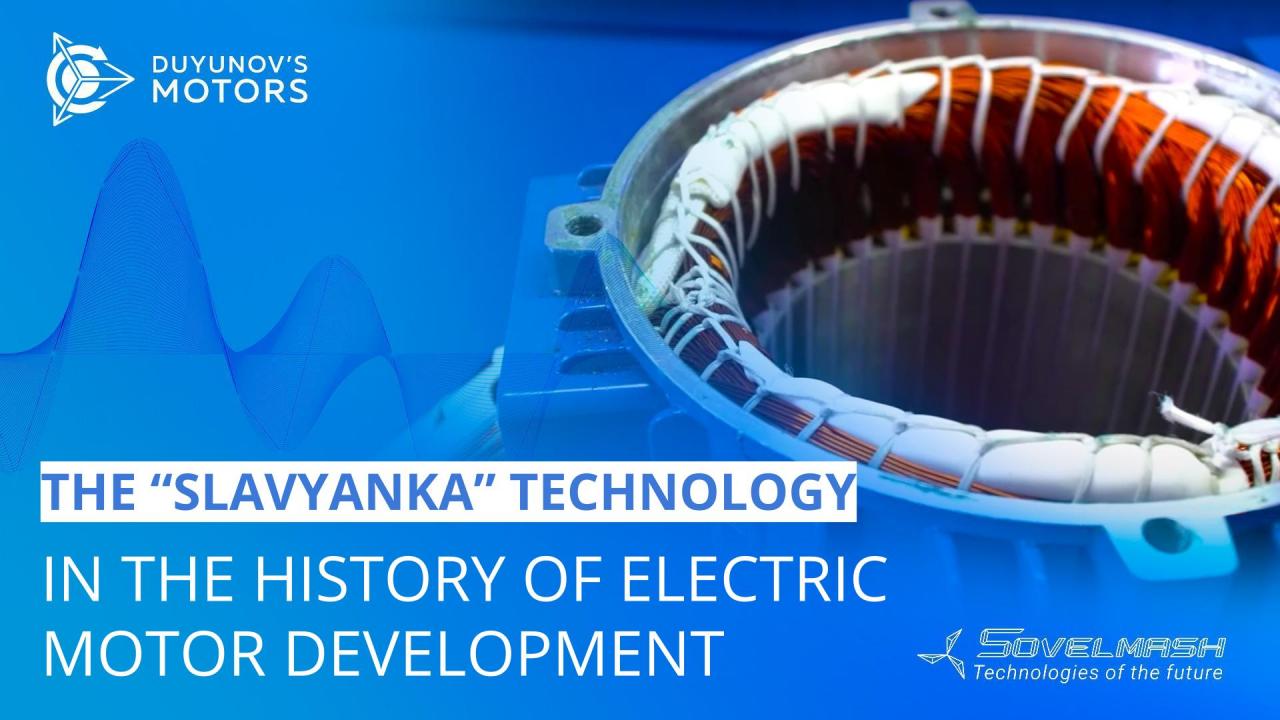
The breakthrough anticipated for 100 years: the "Slavyanka" technology in the history of electric motor development
It is impossible to imagine the modern world without electricity: dozens of billions of electric motors provide people with a safe and comfortable life. It is surprising that despite the breakneck pace of scientific progress, there had been no notable discoveries in this area for almost 100 years. Until the "Slavyanka" technology was developed.
200 years ago, scientists around the world conducted scientific experiments with electricity.
In 1831, British physicist Michael Faraday discovered the phenomenon of electromagnetic induction and developed the most primitive electric motor, but it became possible to" tame" and find practical application for it later.
In 1834, Russian scientist Boris Jacobi created the world's first electric motor that ran on direct current coming from galvanic batteries and demonstrated a power of 15 watts and a rotor speed of 80-120 revolutions per minute. The inventor was able to enunciate and apply the principle of continuous rotational motion, whereas previously there were only devices with reciprocating or rocking motion that could not find wide practical application.
Subsequently, Jacobi increased the power of his electric motor to 550 watts. In 1839, the motor was installed on a boat that could carry 14 passengers upstream the Neva River at a speed of 4 km/h. This was the first practical application of an electric motor in history.
Jacobi's motor became the most reliable and powerful of all the electric drives created at that time.
In the second half of the 19th century, inventors significantly improved the electric motor.
Scottish inventor Robert Davidson invented the first electric locomotive.
German inventor Werner von Siemens was the first to place the winding in the grooves.
Serbian engineer Nikola Tesla patented the first two-phase induction electric motor and mistakenly believed that such a motor was the best one from an economic point of view among all the multiphase systems.
In 1889, Russian electrical engineer Mikhail Dolivo-Dobrovolsky created a three-phase induction electric motor with a short-circuited rotor shaped as a "squirrel cage". This design was optimal for power transmission and almost immediately became widely used in industry.
The years rolled by: humanity conquered space, discovered the secret of DNA, "tamed" nuclear power. However, the induction electric motor design remained virtually unchanged.
1995. A breakthrough discovery in electromechanics is once again made by a Soviet engineer. Dmitriy Duyunov developed and patented the combined winding principle named "Slavyanka". The technology made it possible to combine two traditional winding types in one motor: "star" and "delta". Motors with "Slavyanka" are much more efficient and reliable than their induction analogues, they consume less power and are much more economically viable.
The combined winding has found practical application all over the world: the motors modernized by applying the technology operate in various fields of industry, public utility, agriculture and transport. Now Duyunov's team is developing motors with "Slavyanka" from scratch in the framework of the company "SovElMash". Just like his great predecessors, the engineer strives to implement the full potential of the technology, which can only be done on the premises of his own design and engineering technology department.
Duyunov's invention was the answer to one of the most pressing questions in the 21st century: how can we meet humanity's ever-growing need for electricity without harming the planet?
That is why "SovElMash" has been supported by dozens of thousands of people from all over the world investing in the technology development and in the innovative center construction. Join our project to benefit the planet and improve your financial well-being.

